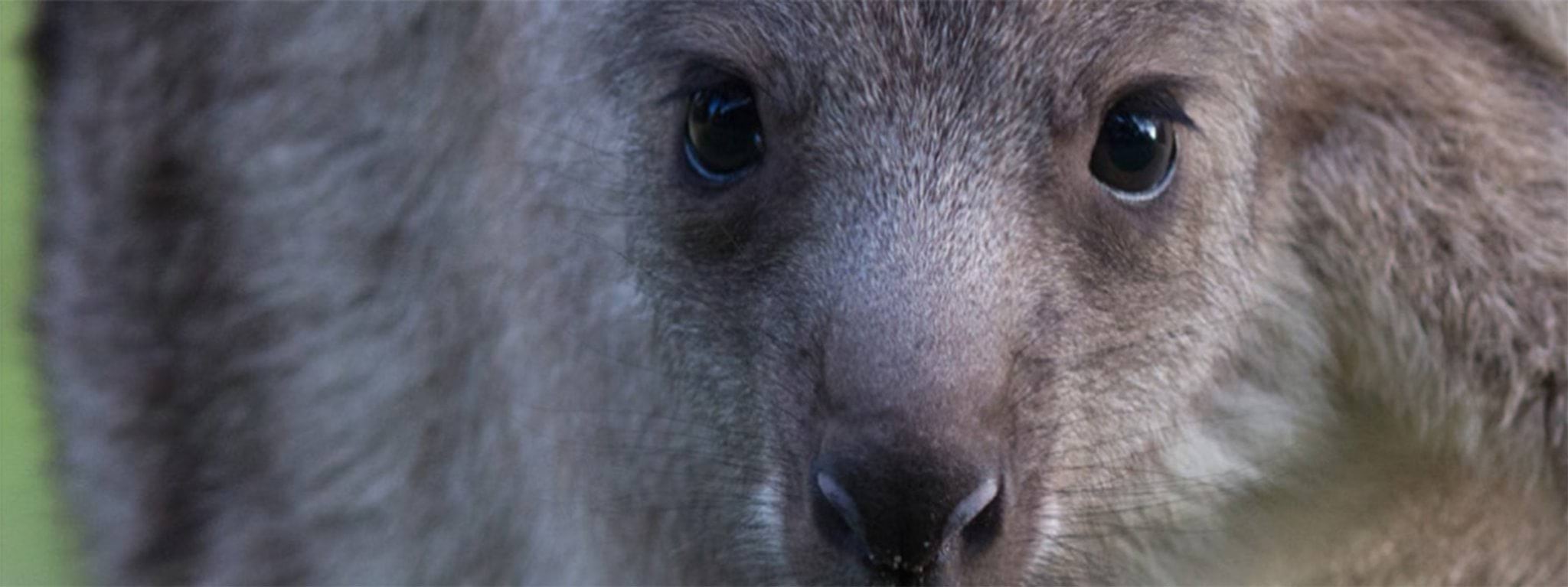Observing and enjoying our unique wildlife is an integral part of Victorian outdoor activities such as hiking, camping and photography. Many Victorians and visitors from both interstate and overseas enjoy encounters with wildlife. Humane treatment of wildlife and the protection of both species and individuals is in the public interest and central to protecting wildlife.
Traditional Owners have a deep cultural, spiritual and economic connection to country, with wildlife and its habitat often at the core of that attachment.
In Victoria we are privileged to, in certain circumstances, be able to lawfully keep wildlife – for both private and commercial purposes. Activities range from using wildlife for educational or cultural activities to keeping wildlife for companionship or a hobby.
Across Victoria in 2019–2020 6,580 private licenses allowed the private keeping of wildlife, and 390 commercial licences permitted the use of wildlife in a commercial setting, encompassing everything from display of wildlife in wildlife parks to venomous snake capture and relocation.
The conservation, welfare and sustainability of wildlife is under increasing pressure from threats such as loss and fragmentation of habitat, introduced pests such as foxes and cats, illegal take from the wild, wildlife trafficking, climate change and growing human populations. All activities involving wildlife must consider impacts on individual animal welfare and on sustainability of populations.
There can be significant challenges in managing wildlife across public and private land, and there can be conflicts between wildlife and human activity. Wildlife can cause damage to property, crops and pasture, impacting on people’s livelihoods. In urban areas, wildlife can become aggressive and potentially dangerous to people or cause serious road collisions. Some legal activities can negatively impact wildlife, such as vegetation removal. Over-abundant wildlife can also have negative impacts on biodiversity, recreation and amenity values.
Across Victoria in 2019–2020, 1990 Authorities to Control Wildlife were issued to manage human–wildlife conflict, through destruction, disturbance or relocation, where wildlife was damaging property, crops or pasture, or impacting human health and safety.
The Conservation Regulator is committed to the protection of wildlife, which includes the sustainable use of and access to wildlife. The Conservation Regulator is working towards:
- ensuring that Victoria’s public land and its biodiversity are appropriately managed and protected from illegal human activity
- improving wildlife welfare and habitat outcomes, in cooperation with co-regulators
- encouraging Victorians to place more importance on a healthy environment and to contribute to environmental health.
The conservation and management of wildlife is a shared responsibility of all members of the Victorian community, including government, businesses, Traditional Owners and stakeholder organisations.
The Conservation Regulator
The Conservation Regulator was established in 2019 following an independent review of DELWP’s approach to timber harvesting regulation in Victoria’s public forests.
The Conservation Regulator has regulatory responsibility for timber harvesting, fire prevention, use of public land and biodiversity.
Biodiversity regulation includes wildlife, and the Conservation Regulator has a range of responsibilities particularly under the Wildlife Act 1975.
Information about the Conservation Regulator, its regulatory roles, responsibilities and purpose is provided on its website.
Updated
